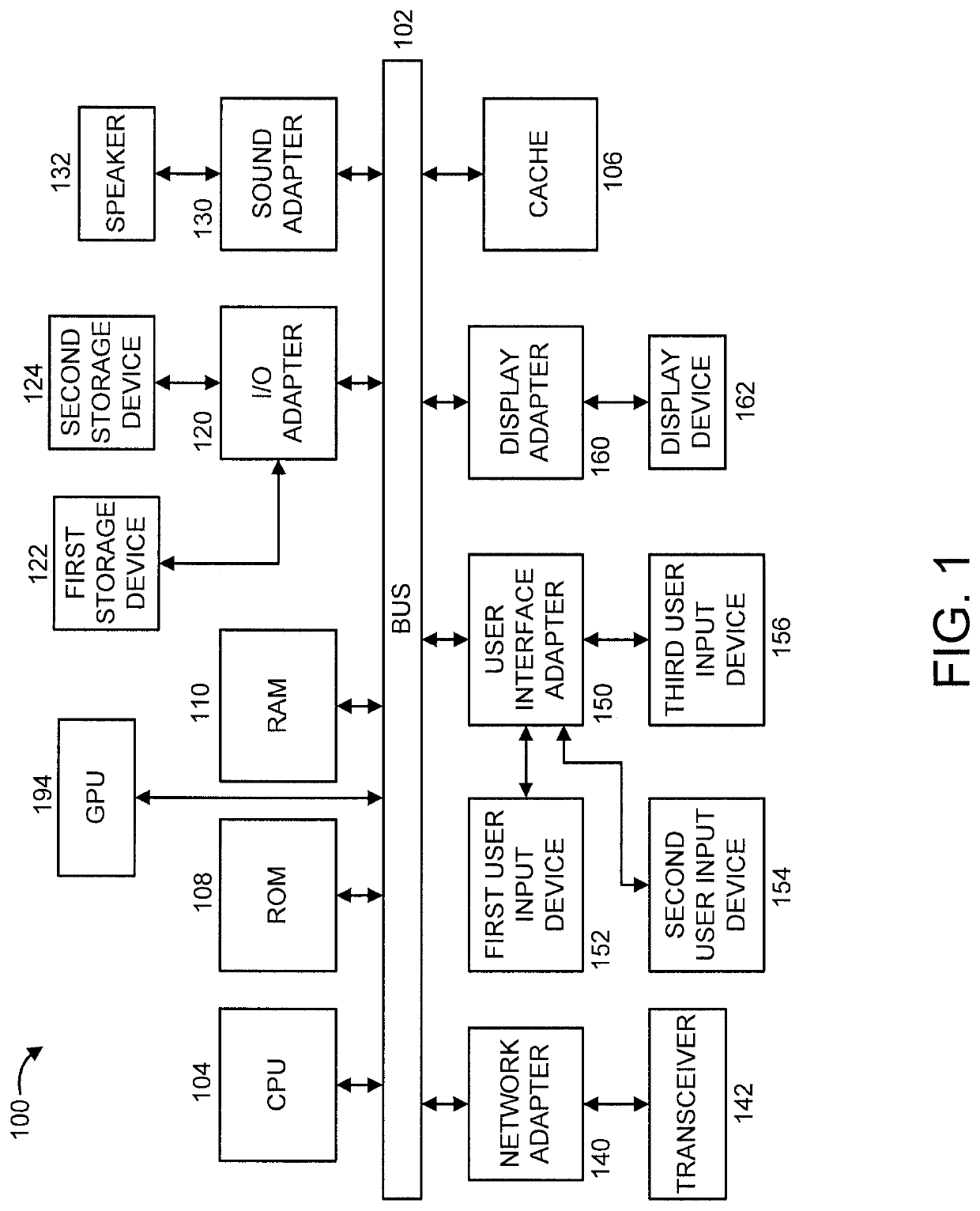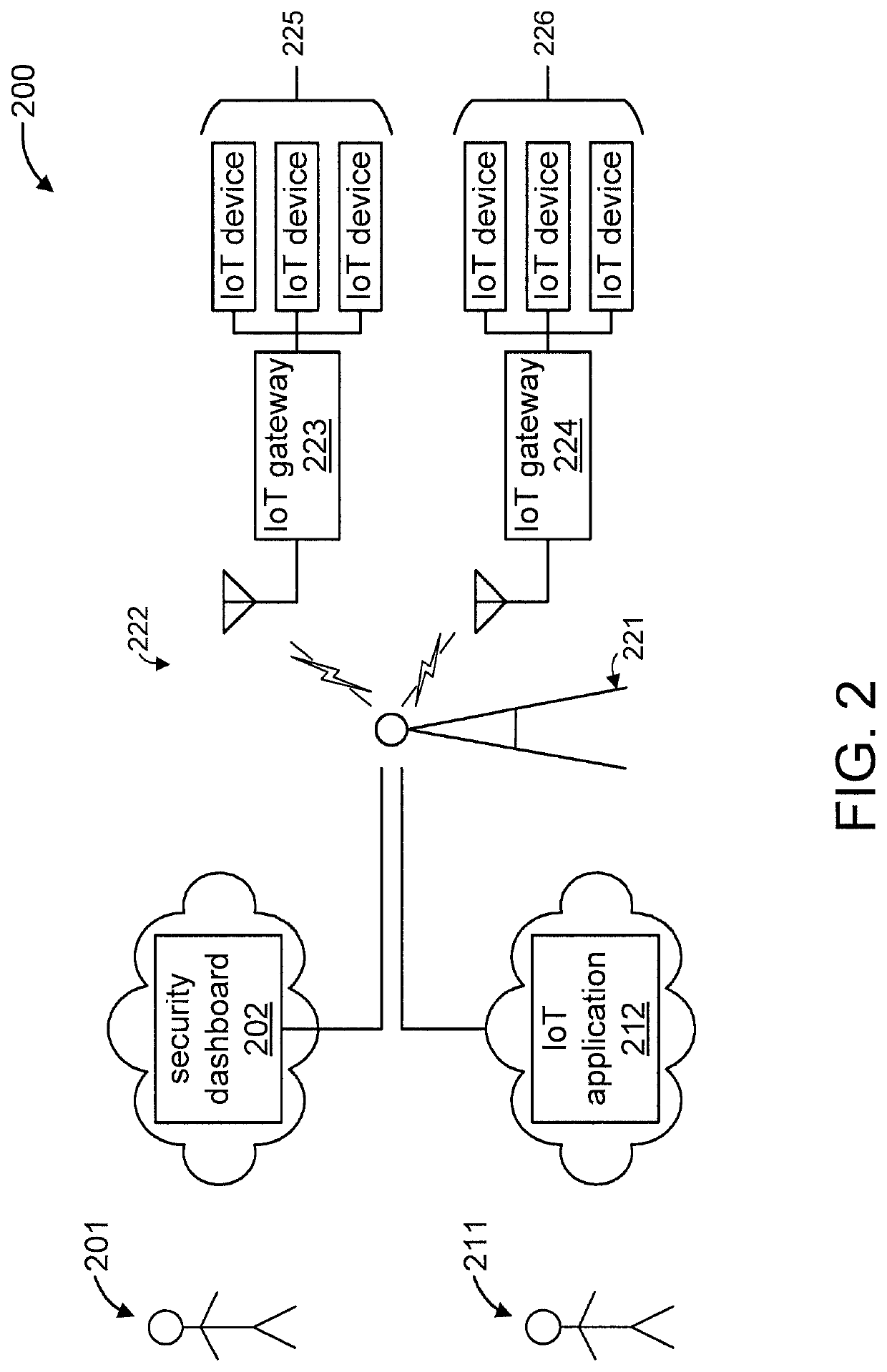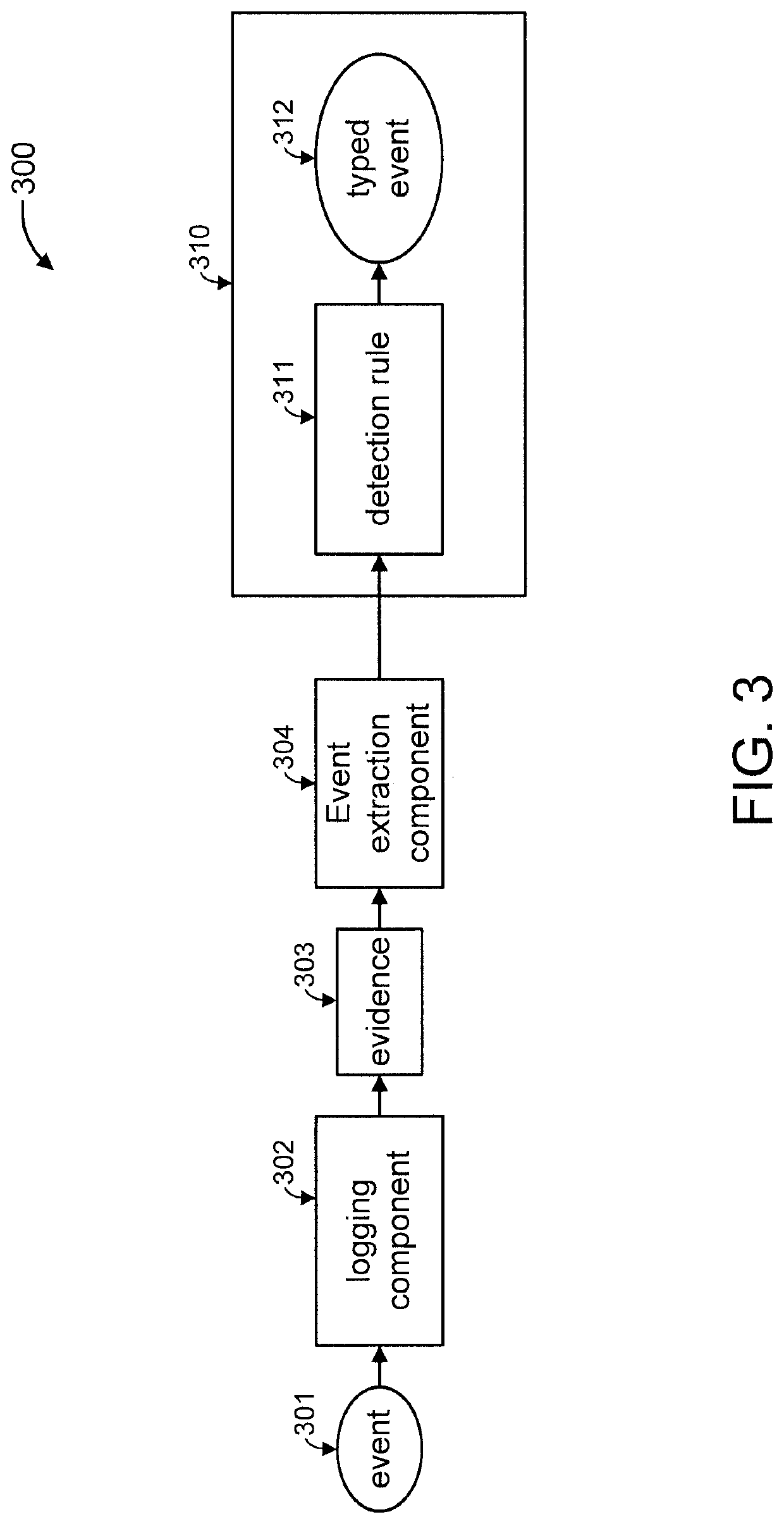Using attack trees to reduce memory consumption by rule engines
a rule engine and attack tree technology, applied in the field of information processing, can solve problems such as essentially unsuitable for any practical iot attack detection, and achieve the effect of reducing memory consumption and reducing memory consumption
- Summary
- Abstract
- Description
- Claims
- Application Information
AI Technical Summary
Benefits of technology
Problems solved by technology
Method used
Image
Examples
Embodiment Construction
[0020]The present invention is directed to reducing the memory consumption of rule engines using an attack tree.
[0021]Attack trees provide a formal, methodical way of describing the security of a target system based on varying attacks. Basically, attacks against a system are represented in a tree structure, with the goal as the root node and different ways of achieving that goal as leaf nodes.
[0022]Hence, attack trees can be represented as multi-leveled diagrams that include one root, leaves, and children. From the bottom up, child nodes are conditions which must be satisfied to make the direct parent node true. When the root is satisfied, the attack is complete. Each node may be satisfied only by its direct child nodes.
[0023]As used herein, the term, “bottom up” refers to going a direction in an attack tree commencing at a leaf node(s) and heading towards the root node, and does not have to mean actually arriving at the root node. Moreover, as used herein, the term “upstream” refer...
PUM
 Login to View More
Login to View More Abstract
Description
Claims
Application Information
 Login to View More
Login to View More - R&D
- Intellectual Property
- Life Sciences
- Materials
- Tech Scout
- Unparalleled Data Quality
- Higher Quality Content
- 60% Fewer Hallucinations
Browse by: Latest US Patents, China's latest patents, Technical Efficacy Thesaurus, Application Domain, Technology Topic, Popular Technical Reports.
© 2025 PatSnap. All rights reserved.Legal|Privacy policy|Modern Slavery Act Transparency Statement|Sitemap|About US| Contact US: help@patsnap.com



